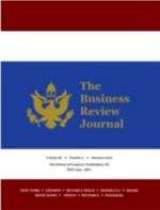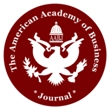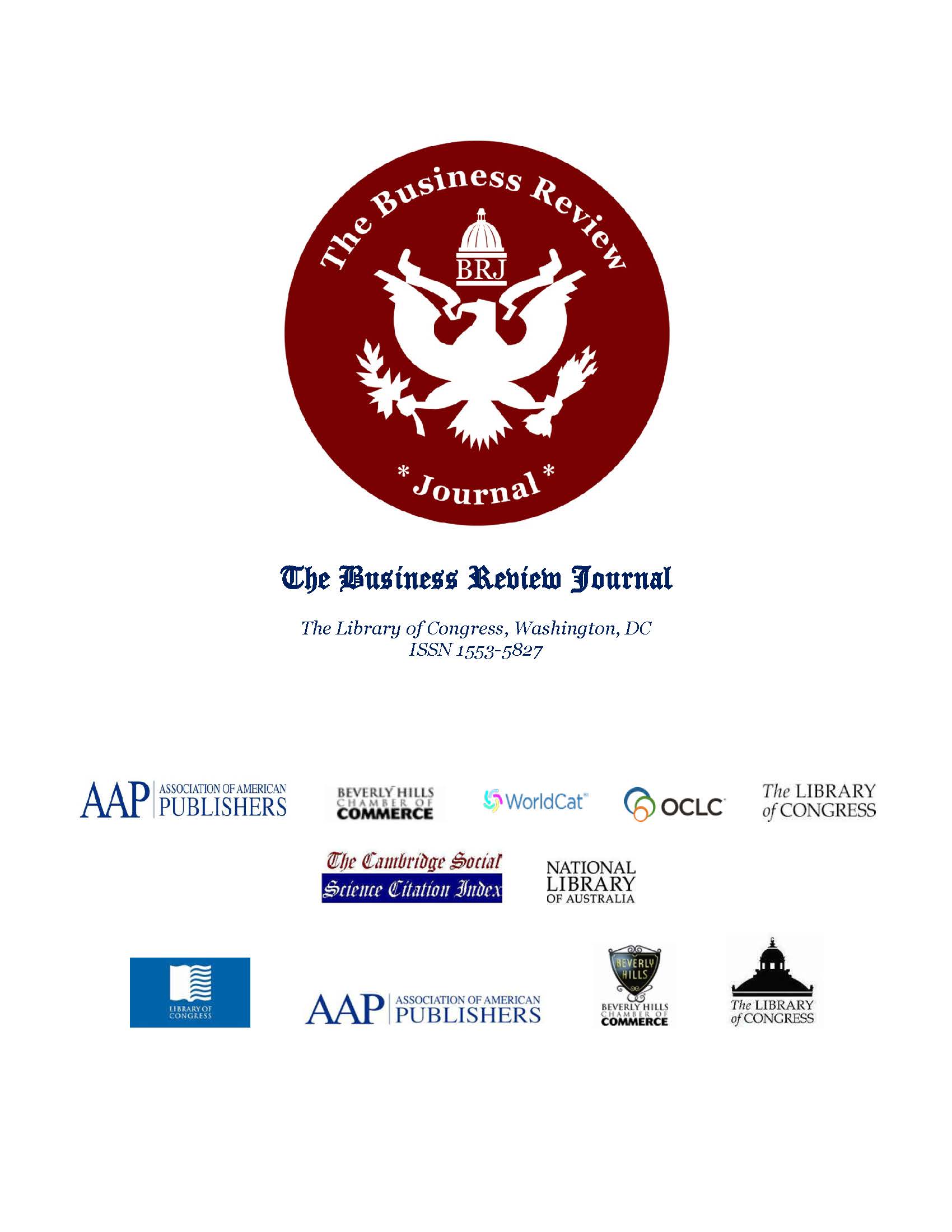|
External
Forces Driving the Growth of the Electrical Vehicle Market
Dr. Kathryn Ready,
Winona State University, Winona, MN
Geoffrey Curry, Winona
State University, Winona, MN
ABSTRACT
The market share for electric vehicle sales in the
automobile industry is predicted to grow from less than 3% of all automobile
sales globally in 2018 to over one half of all production, or 57% by 2040 (BloombergNEF,
2019). This projected growth is driven, in part, by large global
manufacturers that are investing billions of dollars to increase electrical
vehicle production capabilities. BloombergNEF (2019) estimates that by
2025, manufacturers will offer nearly 400 EV models with Volkswagen expected
to launch 80 models, compared to 47 models for BMW, 28 models for Ford and
10 models for Toyota. These examples provide evidence that the success and
development of electrical vehicle production is proceeding across global
markets, but the development is not uniform across markets. Many external
factors including political, economic, social, technological, environmental,
and legal factors are playing a major role in supporting the development and
growth of the electrical vehicle industry. In China, the automobile market
has been supported heavily by government subsidies. This has occurred as
Chinese governmental policies support the manufacture of all electric
vehicles including busses to reduce the environmental effects of pollution.
The Chinese government requires that electrical vehicles represent a
portion of sales for all manufacturers, and the subsidizing of electric
batteries further encourages manufacturers to produce electric vehicles. The
aggressive pursuit of electric vehicles by China has occurred as Europe has
begun funding electric battery production for manufacturers, so as not to be
fully reliant on other manufacturing countries as this market continues to
develop. The lack of governmental subsidies for U.S. manufacturers and
tariffs enforced on U.S. automobile imports are encouraging U.S.
manufacturers to build production facilities, not only in the U.S., but,
also, in China, to avoid these steep increases in costs as they seek to meet
the demands of a quickly growing market.
Full text
Procedure vs. Concept
in Accounting Education
Dr. Fred Petro,
Pepperdine University, CA
Dr. Farrell Gean,
Pepperdine University, CA
Dr. Abraham Park,
Pepperdine University, CA
ABSTRACT
Often in the process of teaching accounting, the
concern is to cover the material in a manner so that students learn the
procedure, which is usually consistent with the manner in which accounting
problems are written. Accordingly, this is acceptable with the students,
since the exams in accounting courses will also concentrate on procedure.
In addition, problems on the professional Certified Public Accounting (CPA)
exam strictly adhere to the textbook. Therefore, teaching accounting
concept may be lacking in the classroom. The objective of this paper will
be to distinguish procedure and concept in accounting education. The very
first published work on double entry bookkeeping was given to us by Luca
Pacioli, a Franciscan friar in the fourteen hundreds in Italy. Luca was
not, by degree, an accountant. Instead, he was a professor of mathematics
and held the highest degree in this field. Luca taught mathematics at the
University of Saint Andrews. Luca also had knowledge in double entry
bookkeeping. He developed this knowledge further in performing bookkeeping
services for the Italian merchants. At a later time, Luca wrote his
treatise…..”Summa De Arithemetica, De Divina Proportione.” In the midst of
this mathematics work, there is a chapter devoted to double entry
bookkeeping. This became the first published work on double entry
bookkeeping. Today, Pacioli is known as the father of modern bookkeeping.
Although Pacioli published the first work on double entry bookkeeping, he is
not the inventor. There is evidence of double entry bookkeeping inside the
walls of the pyramids, which long preceded Pacioli. The explanation in
this chapter on the the basic accounting equation and double entry
bookkeeping includes the mechanics or procedure, which is adequate for the
recording, followed by account classification of accounting information.
Today, accounting textbooks have not deviated from the first published work
on double entry bookkeeping. Debits and credits are still used in a
procedural manner in which accounting information can be recorded into
respective accounts. The chapter topics are presented with examples that
are expressed in practical format. Problems at the end of each chapter are
written with requirements that duplicate the coverage of specific topics in
each chapter. In taking the professional accounting exams, specifically
the Certified Public Accountant (CPA), exam, the required number of hours of
accounting courses has to be met before a candidate is allowed to sit for
the exam.
Full text
Measurement of
Disclosure Quality in Annual Reports – The Case of Czech and German Listed
Companies
Dr. Patrik Svoboda,
Mendel University in Brno, Czech Republic
Barbora Poskocilova,
Mendel University in Brno, Czech Republic
Dr. Hana Bohusova,
Mendel University in Brno, Czech Republic
ABSTRACT
The paper deals with the listed companies' financial
statements compliance with selected IFRS mandatory disclosure requirements.
The aim of this article is to evaluate and compare the level of annual
report disclosure quality for listed companies in the European transition
countries and highly developed countries. The measuring compliance with IFRS
mandatory disclosure requirements uses disclosure index using dichotomous
and partial compliance methods for explaining compliance in individual IAS
and IFRS standards. The findings of the research could be useful to
potential investors, management and other users of corporate disclosures.
The main aim of financial statement is to display information on financial
position and the performance of company to external users. Investors and
credit providers are considered the two fundamental user groups, and to
provide them with the financial information is one of the accounting
missions. Disclosure of accurate, comprehensive and timely information is
critical for the functioning of an efficient capital market. The quality of
information presented in annual reports influences investors’ and other
stakeholders’ decisions. As the main role of financial reporting is reliable
transfer of information to the users in time, and effectively, managers
could apply their own business knowledge to improve the effectiveness of
financial statements as a mean of information transfer to potential
investors and credit providers (Noroush, Hosseini, 2009). The quality of
accounting information can be measured with difficulty. One of the reasons
is the fact that there is no unified definition of a financial reporting
quality but there are numbers of interpretations. Research usually relies on
disclosure indices to obtain a proxy for the information disclosed by
companies. There are many studies concerning individual measures of
disclosure quality such as the disclosure index and content analysis
techniques (e.g., Marston and Shrives, 1991; 1995; Jones and Shoemaker,
1994). O
Full text
Profit Shifting
Behavior and Corporate Tax Base Erosion through European Entities: The Case
of the Czech Republic
Dr. Veronika Solilova,
Mendel University, Brno, Czech Republic
Dr. Danuse Nerudova,
Professor, Mendel University, Brno, Czech Republic
Dr. Marek Litzman,
Mendel University, Brno, Czech Republic
ABSTRACT
The aim of this paper is to research the profit
shifting behavior and corporate tax base erosion within the same
multinational group of companies operating in the European Union. We
research the pre-tax profitability of the Czech multinational entities based
on the Gruber and Mutti (1991), Hines and Rice (1994) and Janský and Kokeš
(2015, 2016) empirical framework. Specifically, we research “true profit”
and “shifted profit” of multinational entities with the assumption that the
multinational entities are more likely to shift profits if mismatches
between tax systems and preferential tax treatment exist. Based on the
results, profit shifting and corporate tax base erosion was proved in the
area of indebtedness through the debt channels. The positive and negative
effects on the profitability of the Czech entities having cross-border links
were identified and proved in 22 of total 28 EU Member States. Portugal was
only one country without any identification of profit shifting or corporate
tax base erosion. Generally, the Multinational Enterprises (hereinafter as
MNE) have a number of ways to avoid paying taxes on profits or to decrease
the overall tax burden. The existence of mismatches between corporate tax
systems, preferential tax treatment, transfer pricing manipulation and
mismatches between debts instruments are one of them. Based on the results
of the comprehensive approach of the OECD base erosion and profit shifting (BEPS)
project, those methods allow an entity to lower its total corporate tax
liability and effective tax rate for the whole group. The importance of the
issues is proved by the research of the OECD (2015) that estimates annual
losses of 4 up to 10% of corporate income tax revenues (i.e. 100 to 240
billion USD) through base erosion and profit shifting. Therefore profit
shifting and tax base erosion represent a current topic across the world
countries. Our objective is to research the profitability and indebtedness
of multinational entity which belongs to the Czech MNEs group and operates
in some of EU country. Our assumption is that multinational entities having
similar characteristics such as size, industry, country of seat, etc. should
have similar “true” profitability, but they can have different opportunities
to shift profits or tax treatments resulting into the corporate tax base
erosion. We researched whether the existence of associated entities or
affiliates in some of EU country can help to change the profitability or
indebtedness of the Czech entity. To reach our aim we adopt the Hines-Rice
approach (1994), Grubert and Mutti (1991) empirical framework, Huizinga and
Laeven (2008) and Beer and Loeprick (2014) strategy to estimate “true”
profitability and identify the country having statistical significance in
the respect of opportunities to shift profits or different tax treatments
resulting into the corporate tax base erosion and a lower tax liability.
Full text |

 The
Business Review Journal
The
Business Review Journal
.gif)